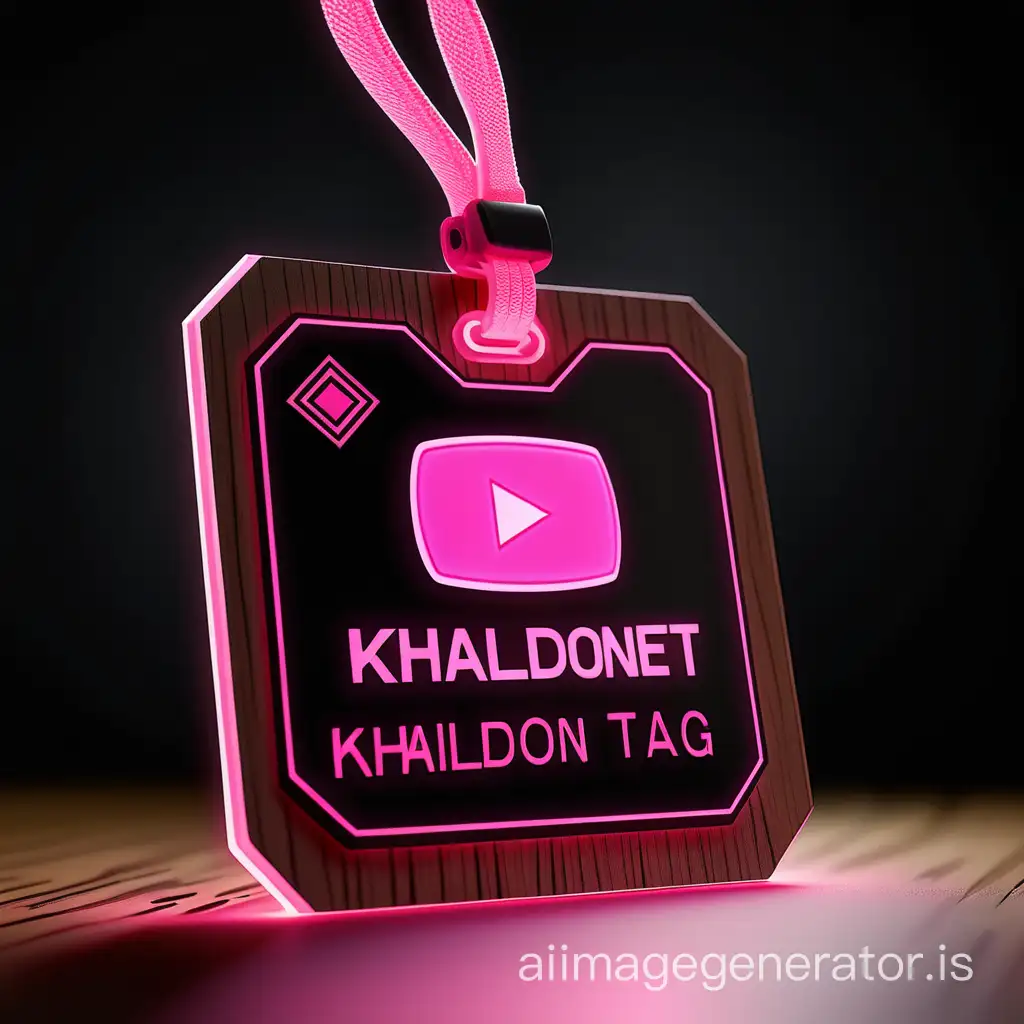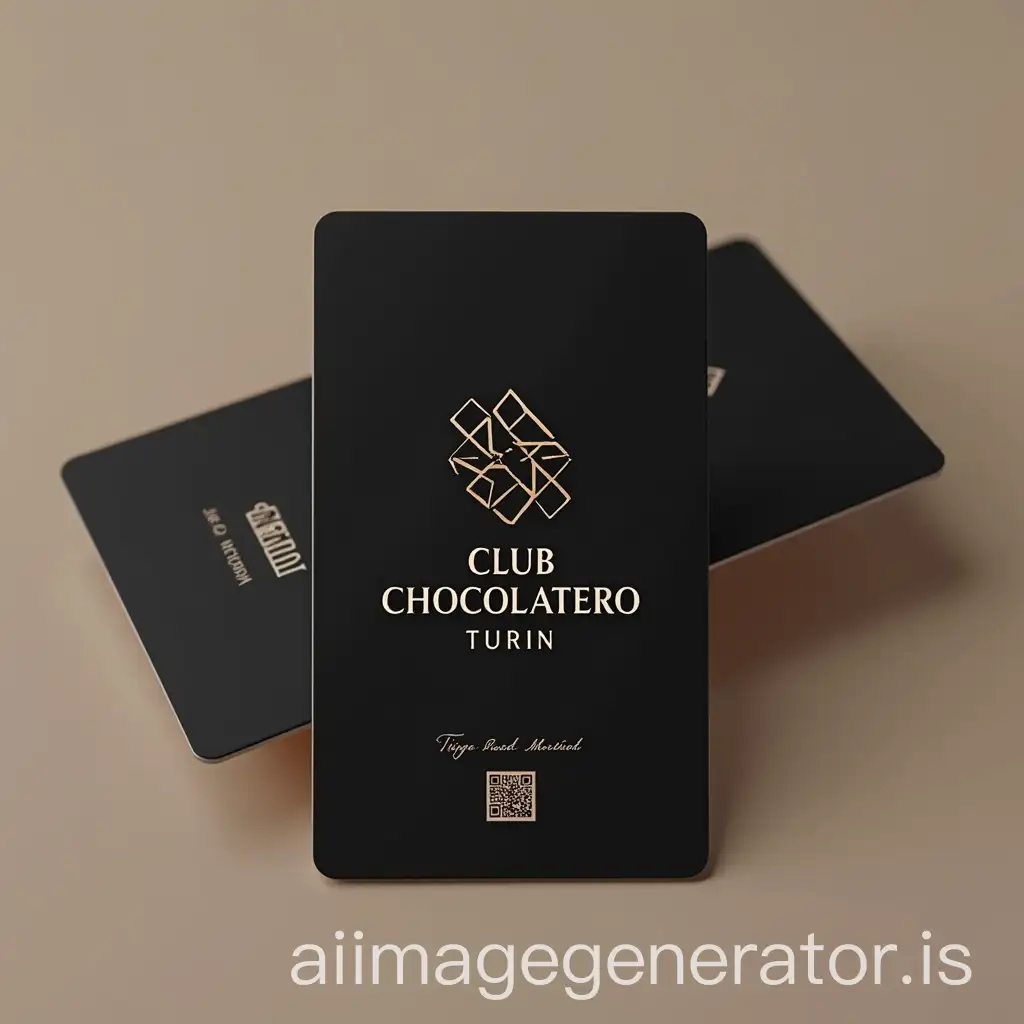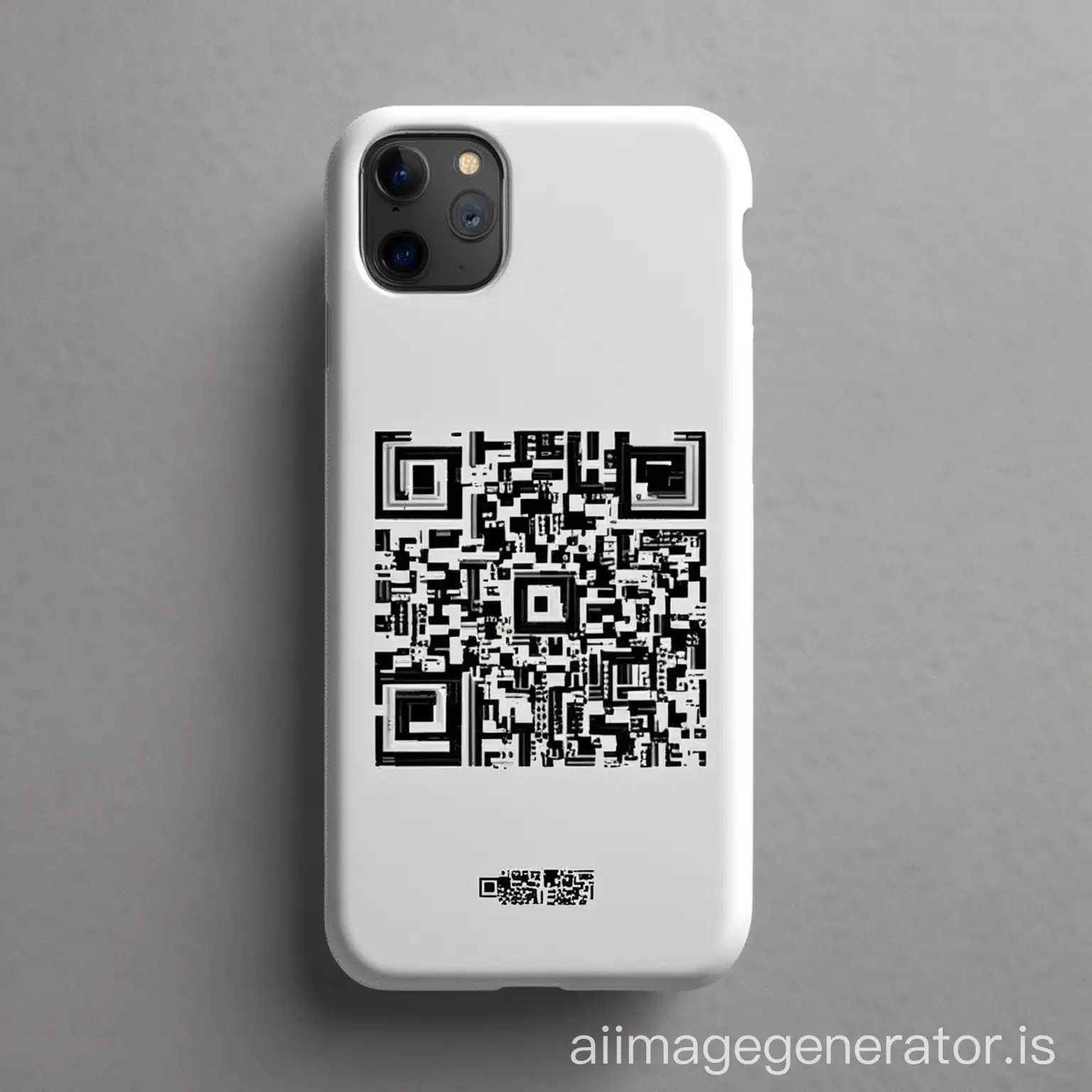Free QR code Image Generator
Just imagine, and we'll instantly return a variety of personalized QR code images—designed to bring your creativity to life!
- 4:3
- 3:4
- 1:1

image.state.default






Related Tags
QR codes, or Quick Response codes, are two-dimensional barcodes that can be scanned using smartphones or other devices to quickly access information. Initially developed in 1994 by Denso Wave, a Toyota subsidiary, QR codes were designed to track parts during vehicle manufacturing. Over the years, their use has expanded to various industries, including marketing, product packaging, and event ticketing, due to their ability to store a significant amount of data in a small space.
Understanding QR Codes: Definition and Background
QR codes are widely used in modern marketing, providing a seamless bridge between physical and digital media. They enable businesses to direct consumers to websites, social media pages, or promotional content with a simple scan. Additionally, QR codes are used for mobile payments, inventory management, and authentication processes. Their advantages include ease of use, the ability to store more information than traditional barcodes, and their robustness against damage or dirt, ensuring reliable readability.
Applications and Advantages of QR Codes
There are various styles and types of QR codes, each suited for different applications. Standard QR codes are monochromatic and often used for basic information encoding. However, customized QR codes incorporate brand logos, colors, and design elements to enhance visual appeal and brand recognition. Dynamic QR codes allow the data to be updated without changing the physical code, making them ideal for ongoing marketing campaigns. Additionally, micro QR codes are used for smaller products or limited space applications, storing less information but maintaining functionality.
Exploring Different Styles and Types of QR Codes
The future of QR codes is promising, with ongoing innovations enhancing their functionality and integration. Augmented reality (AR) and QR codes are converging, offering interactive experiences where users can scan codes to access immersive content. Additionally, advancements in QR code design are making them more visually appealing and integrated into brand aesthetics. The rise of contactless technologies, accelerated by the global pandemic, has further cemented QR codes' role in areas such as touchless payments, digital menus, and virtual events, ensuring their continued relevance and evolution.
The Future of QR Codes: Trends and Innovations